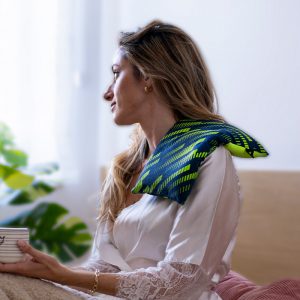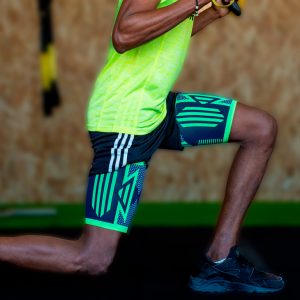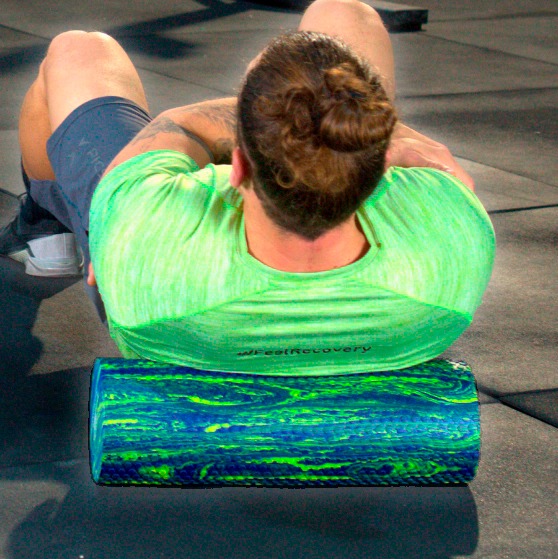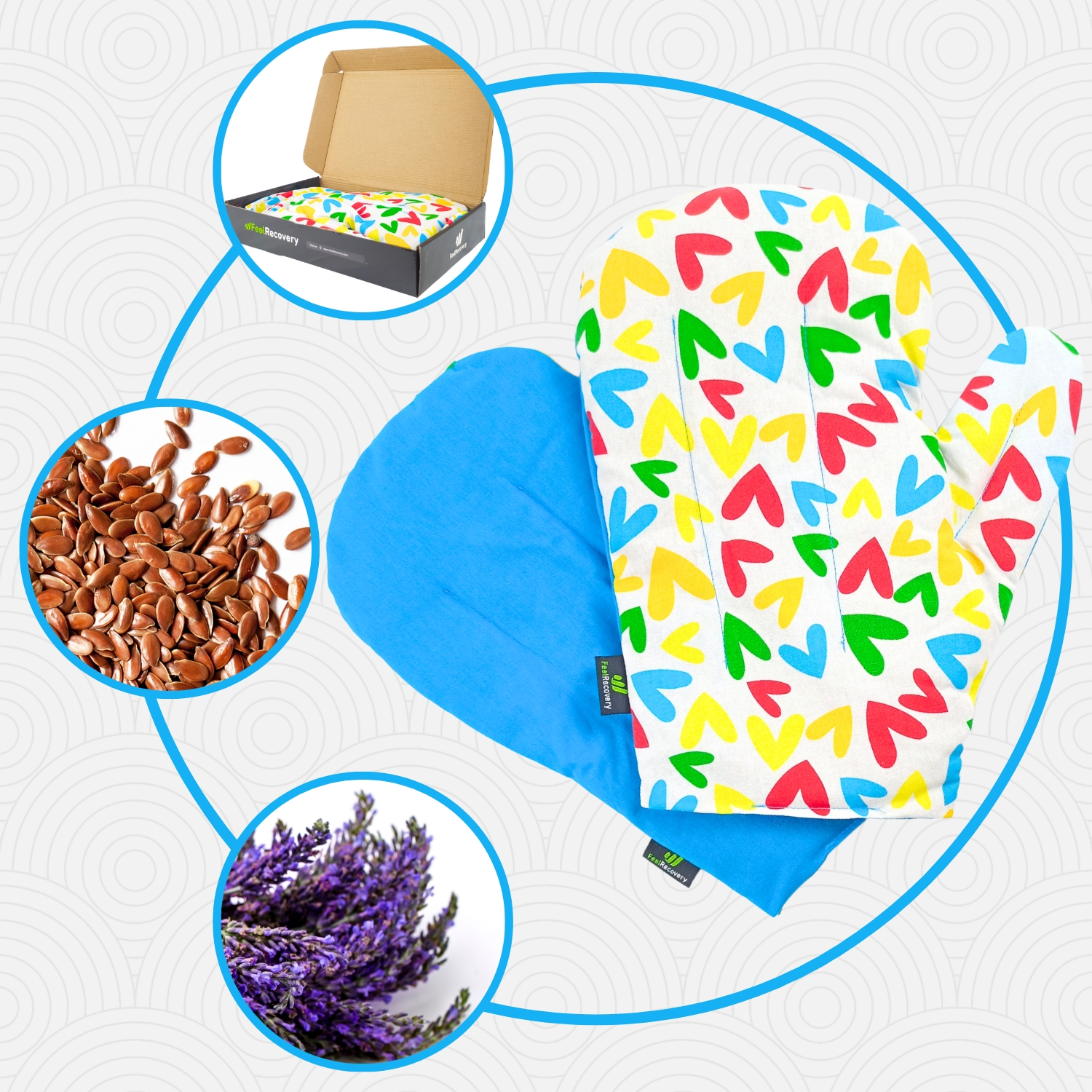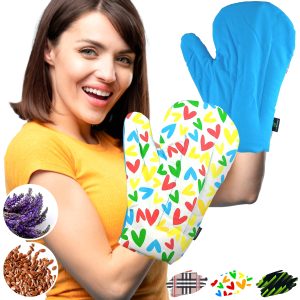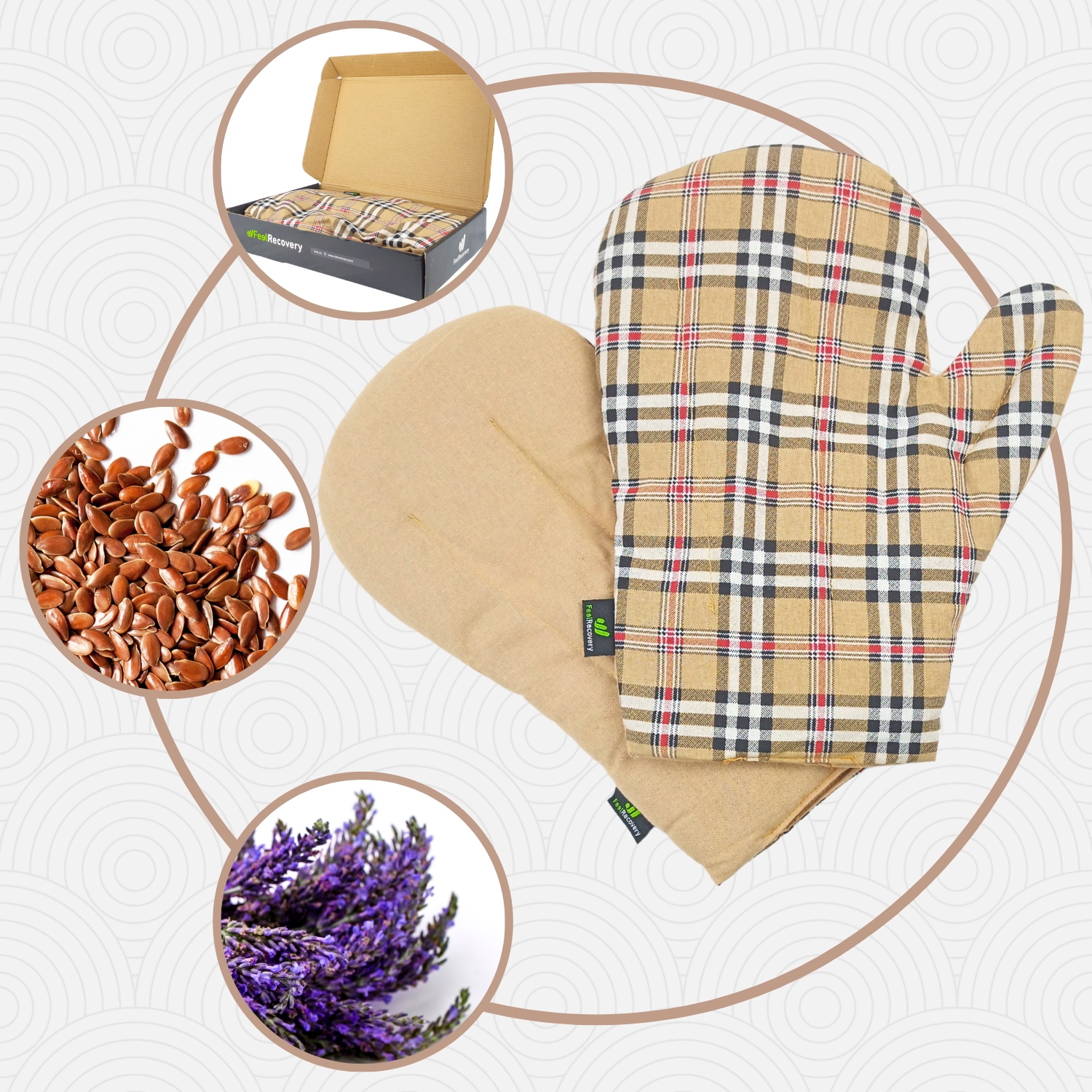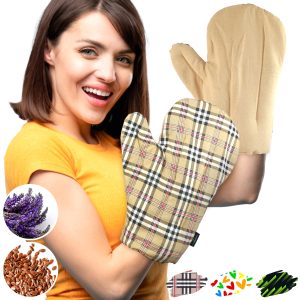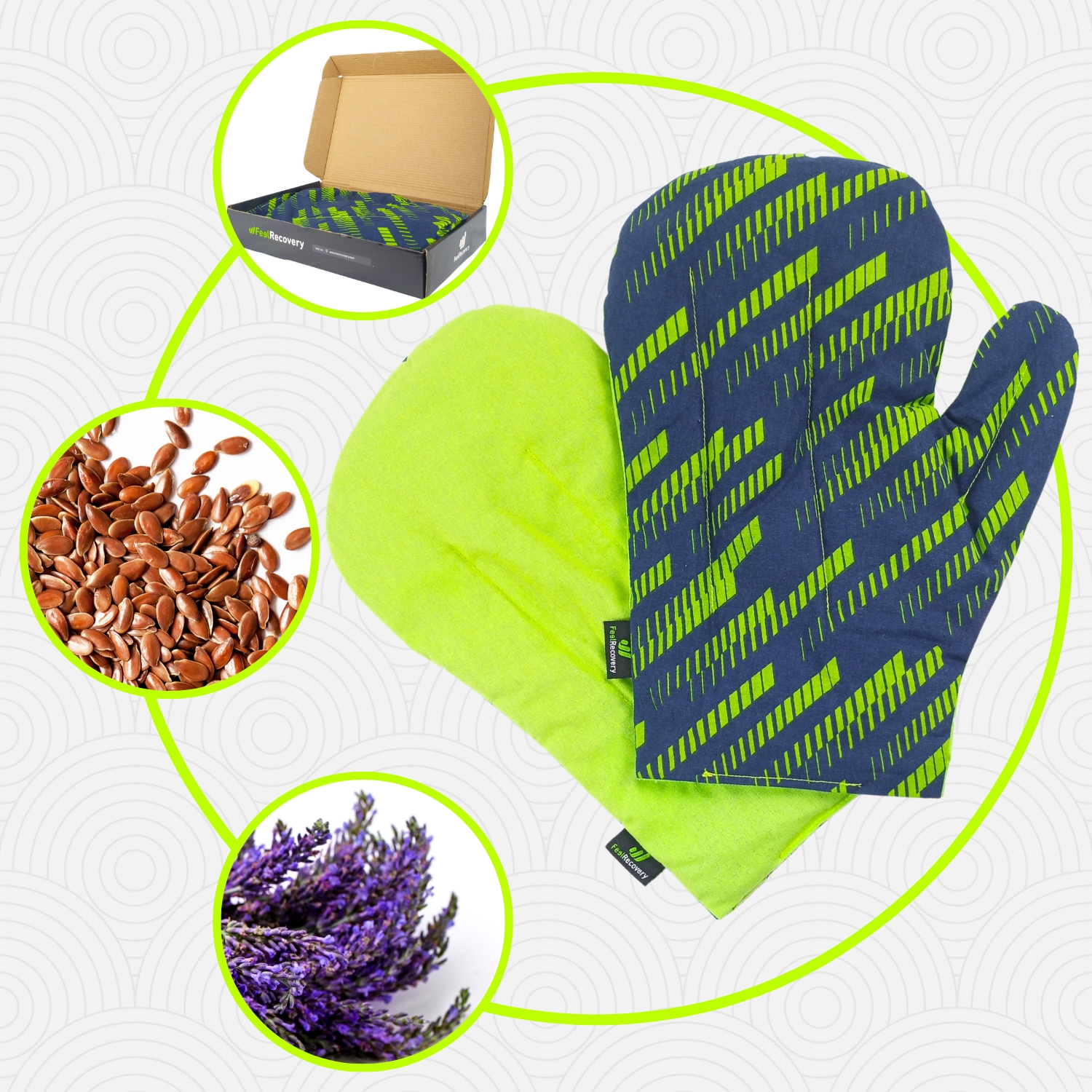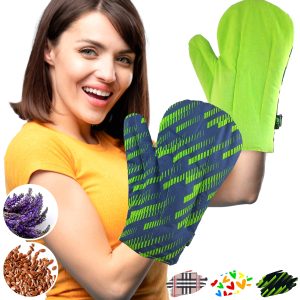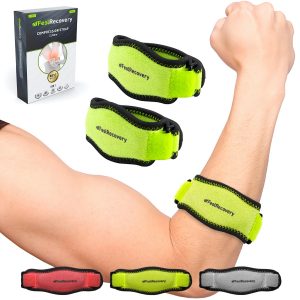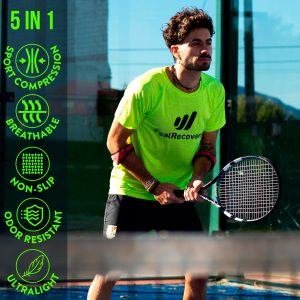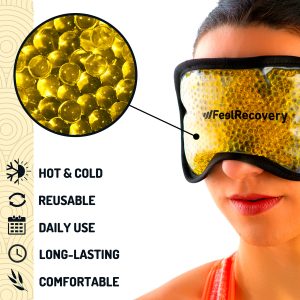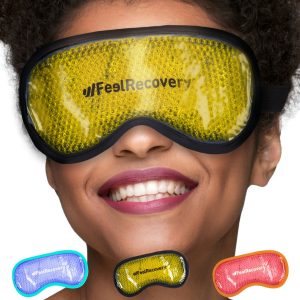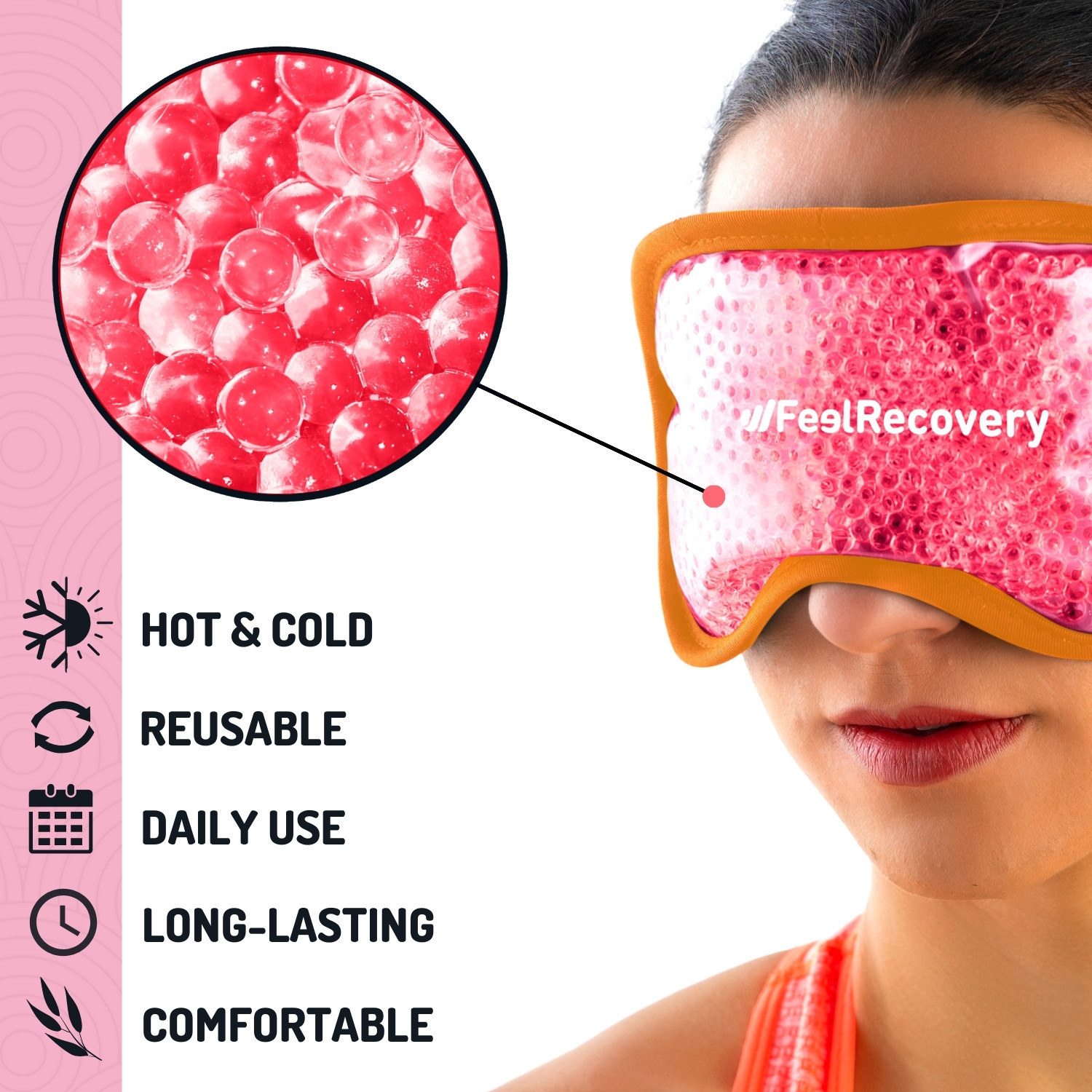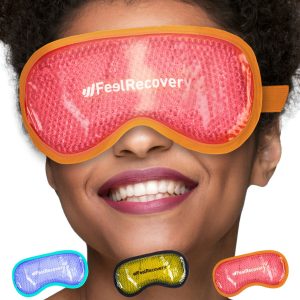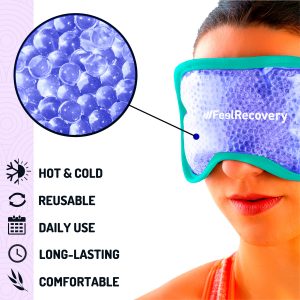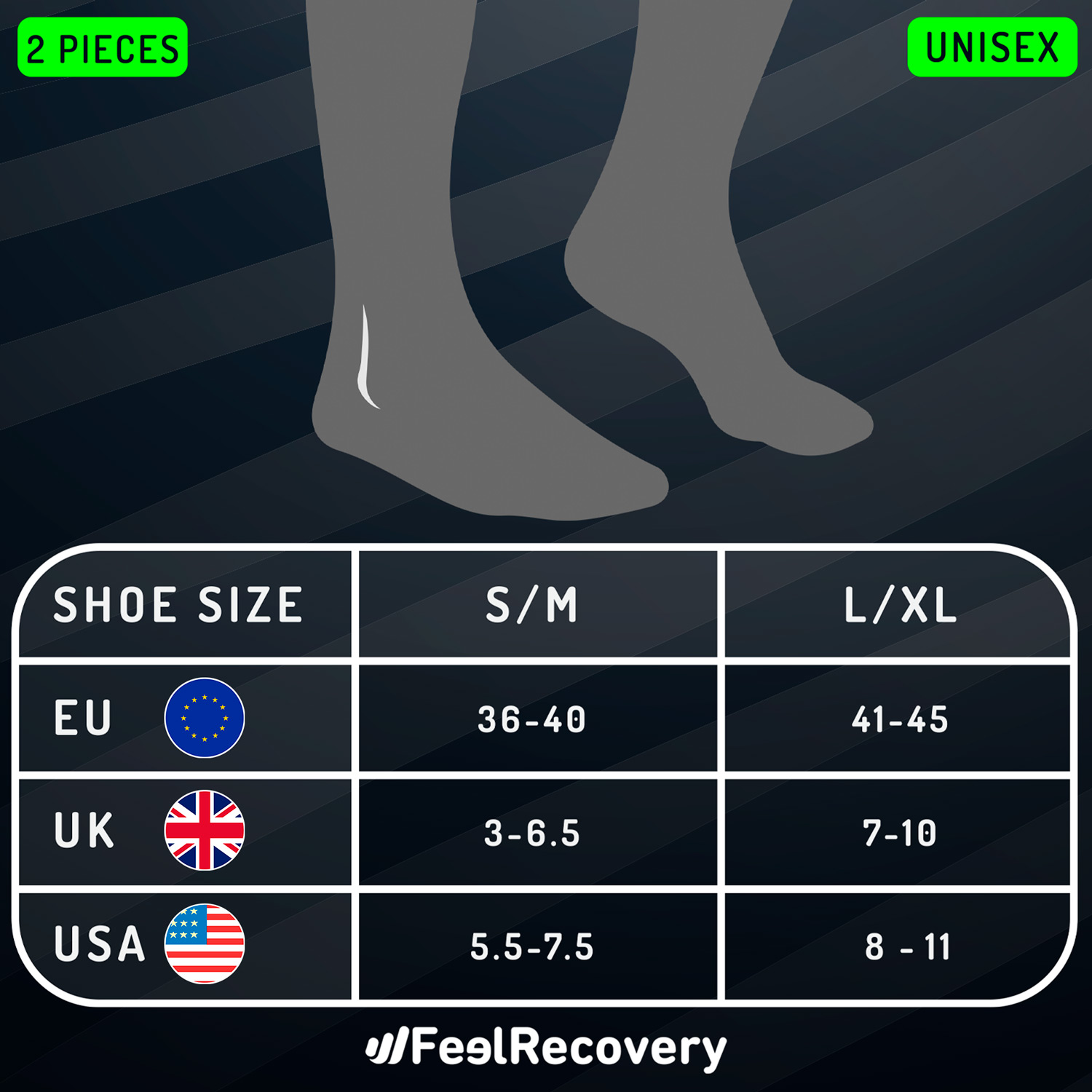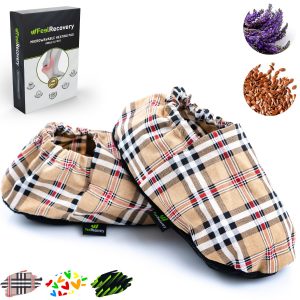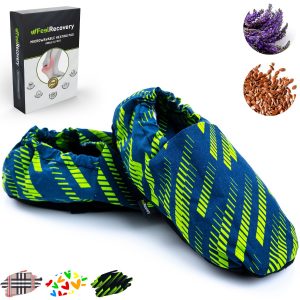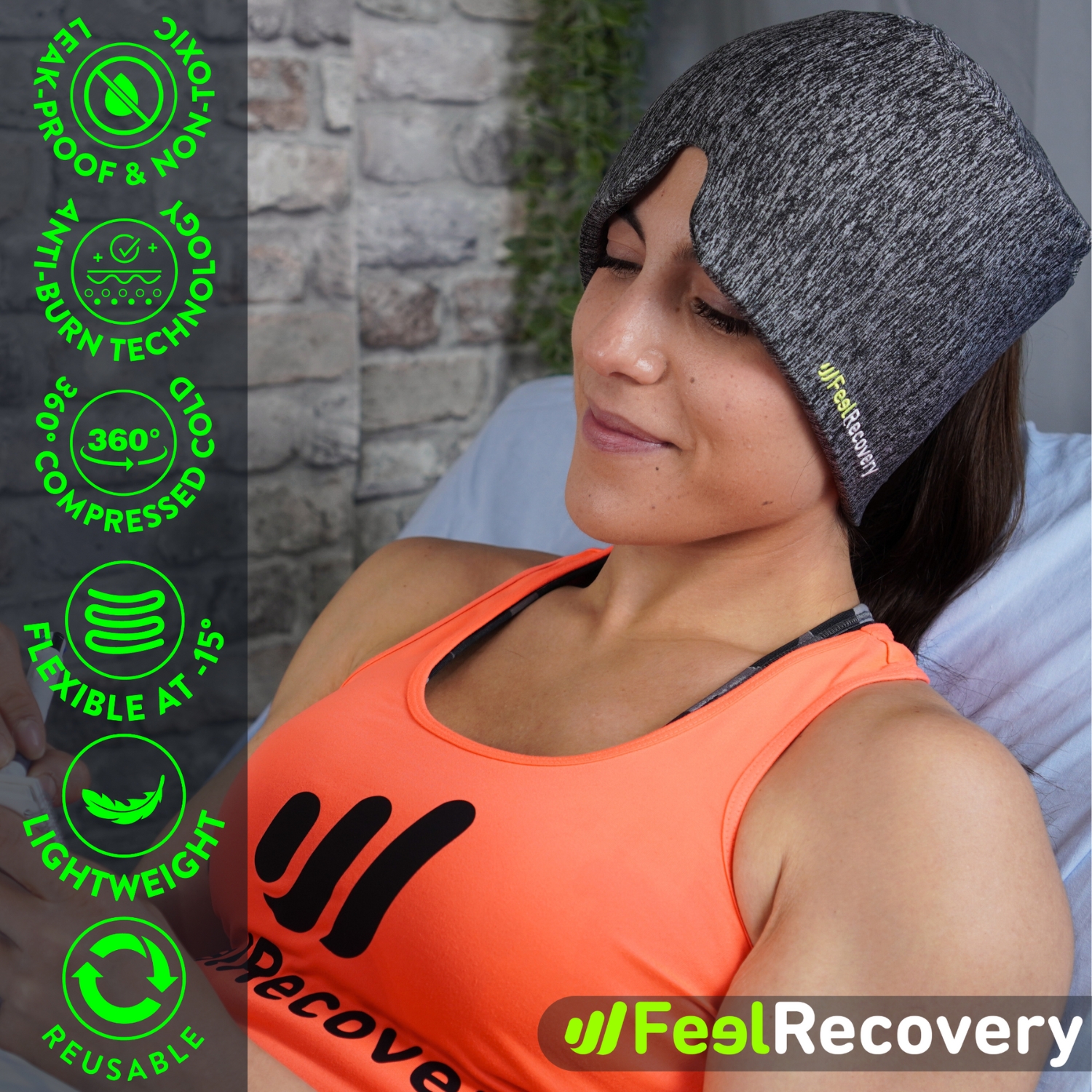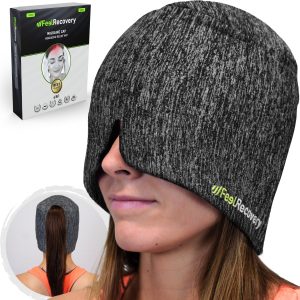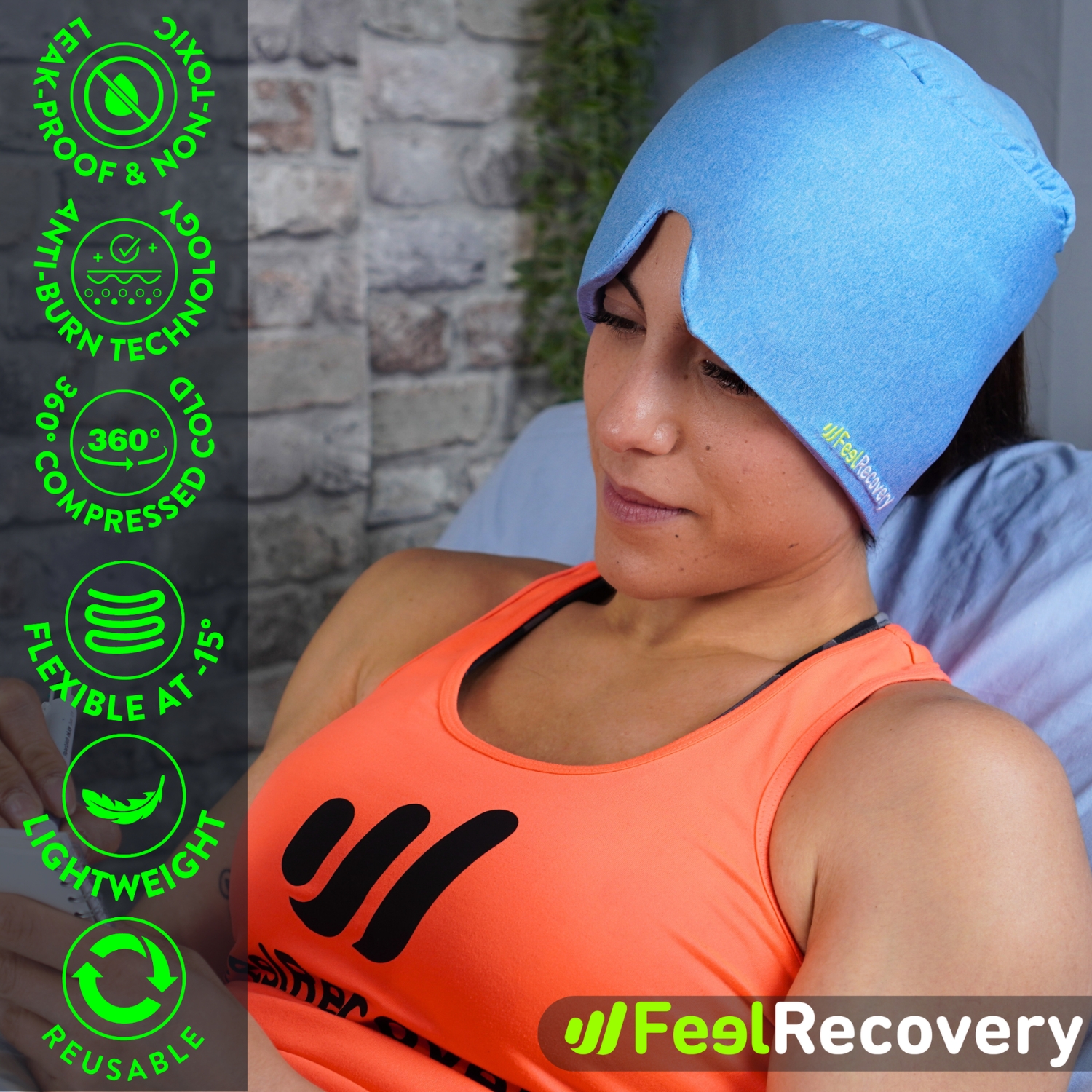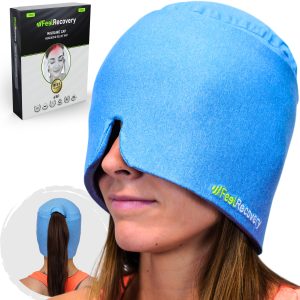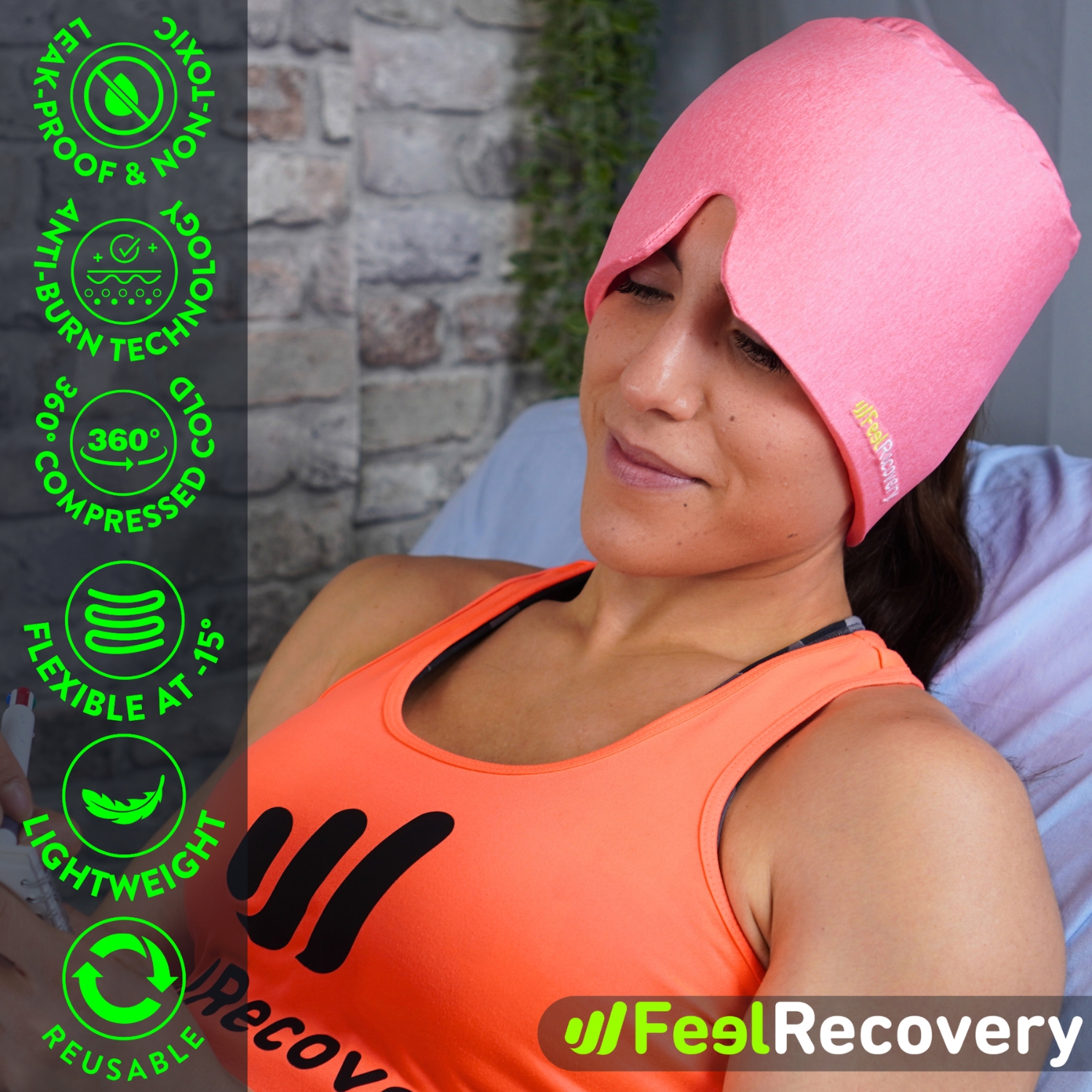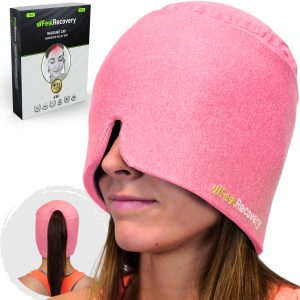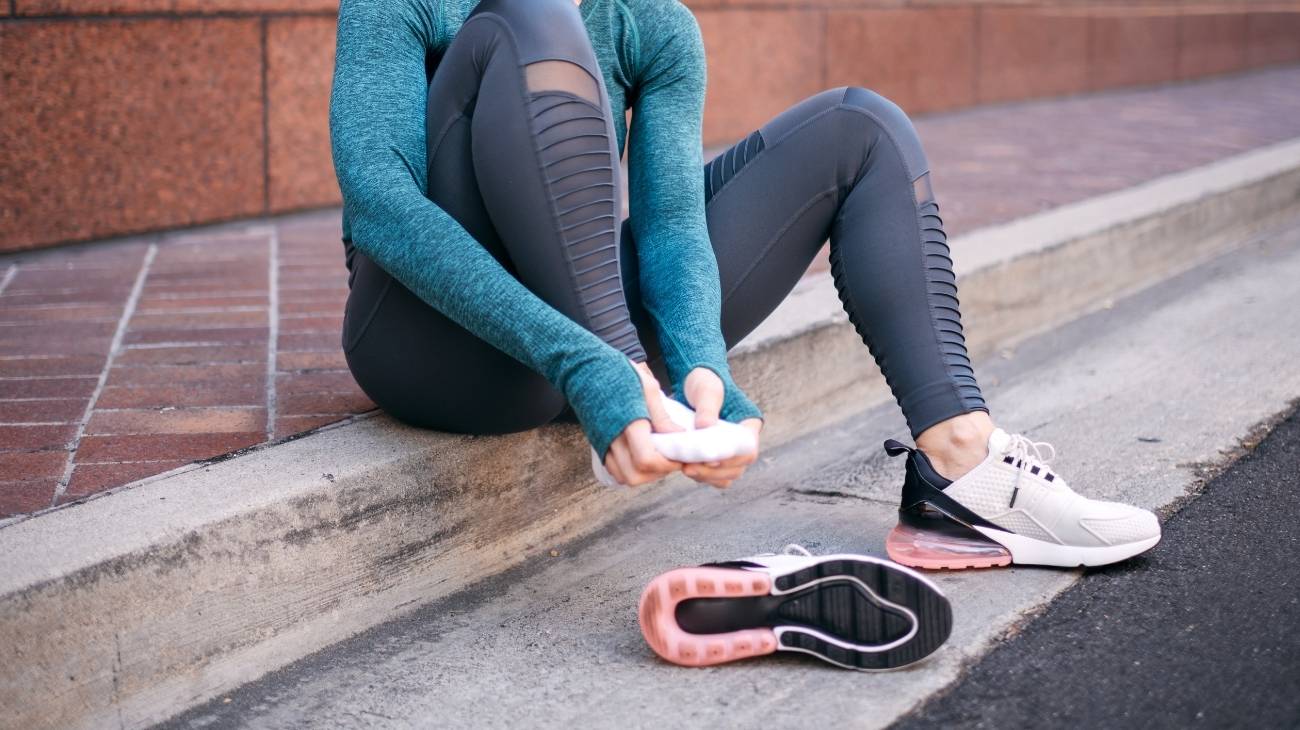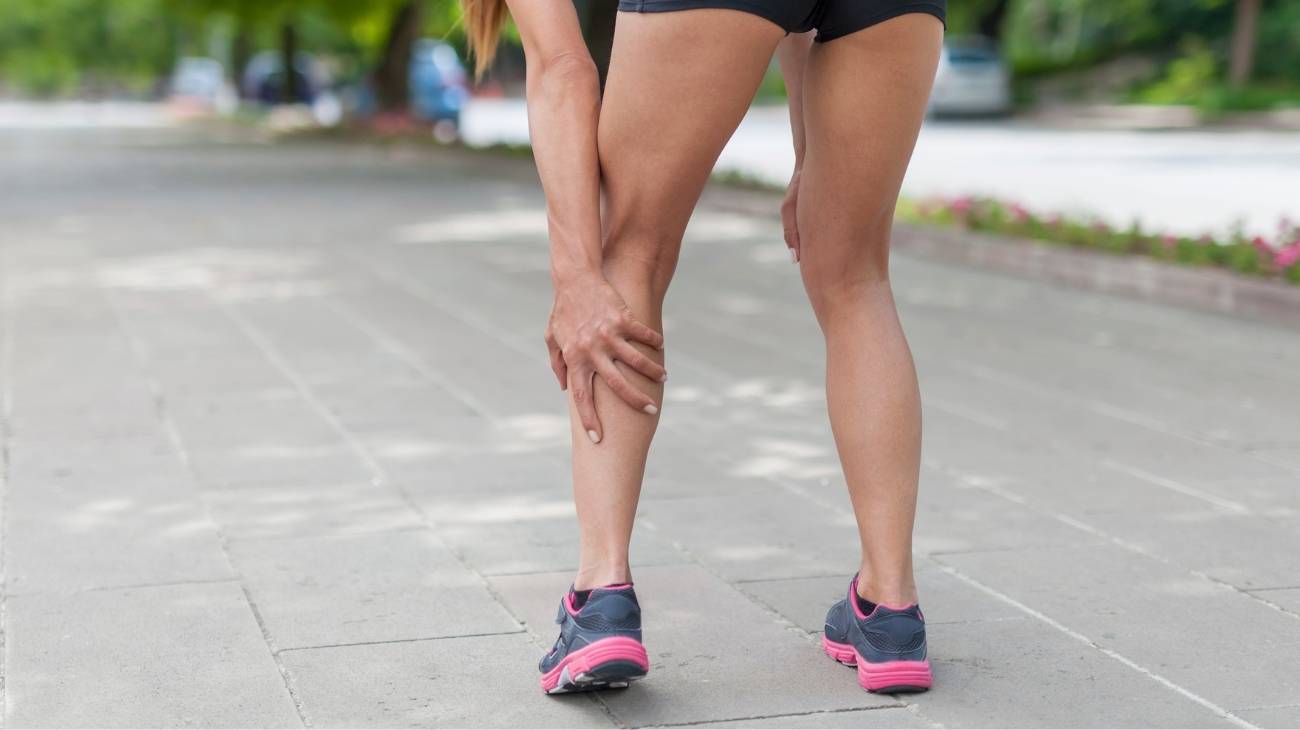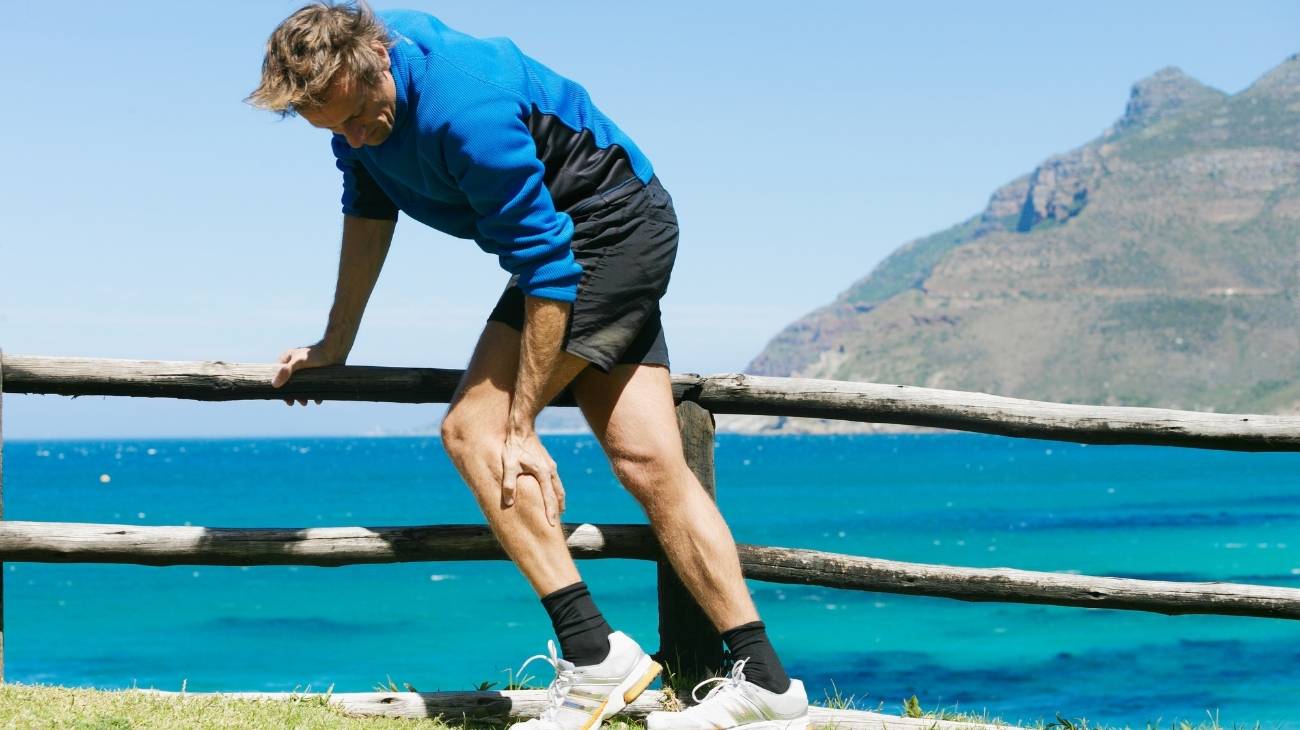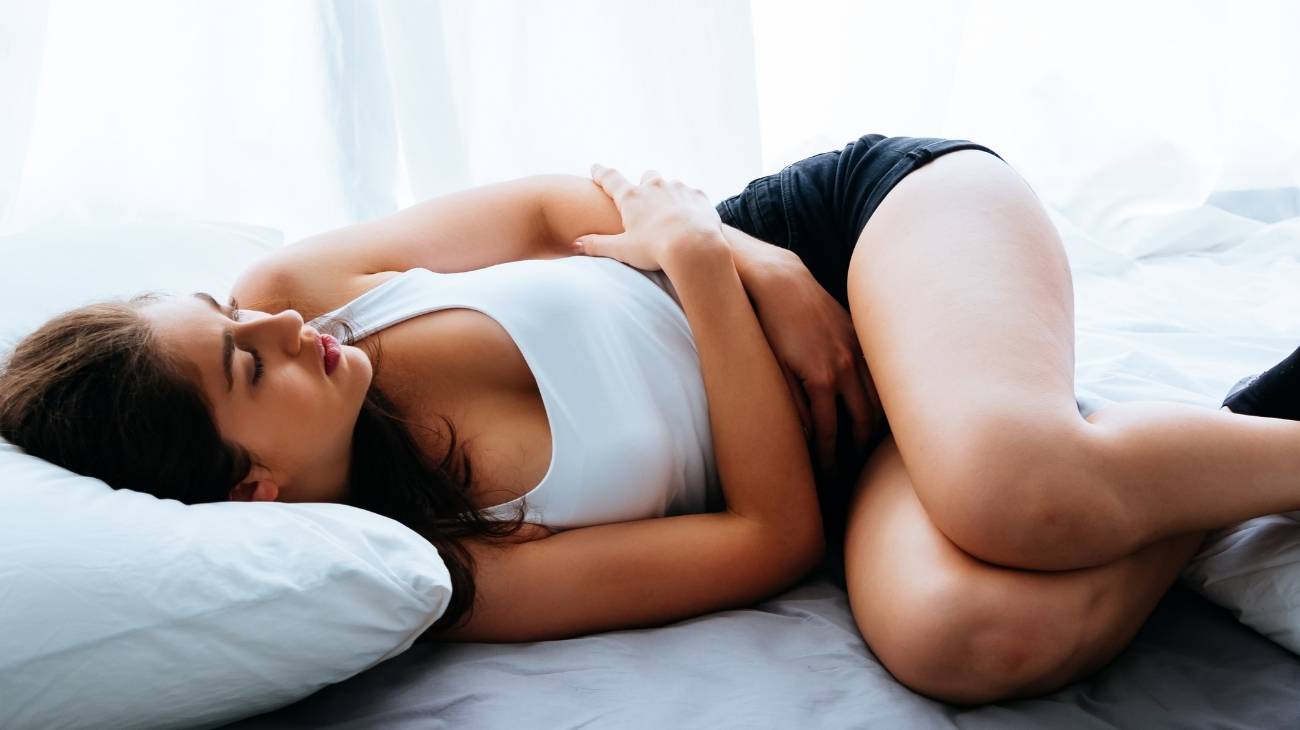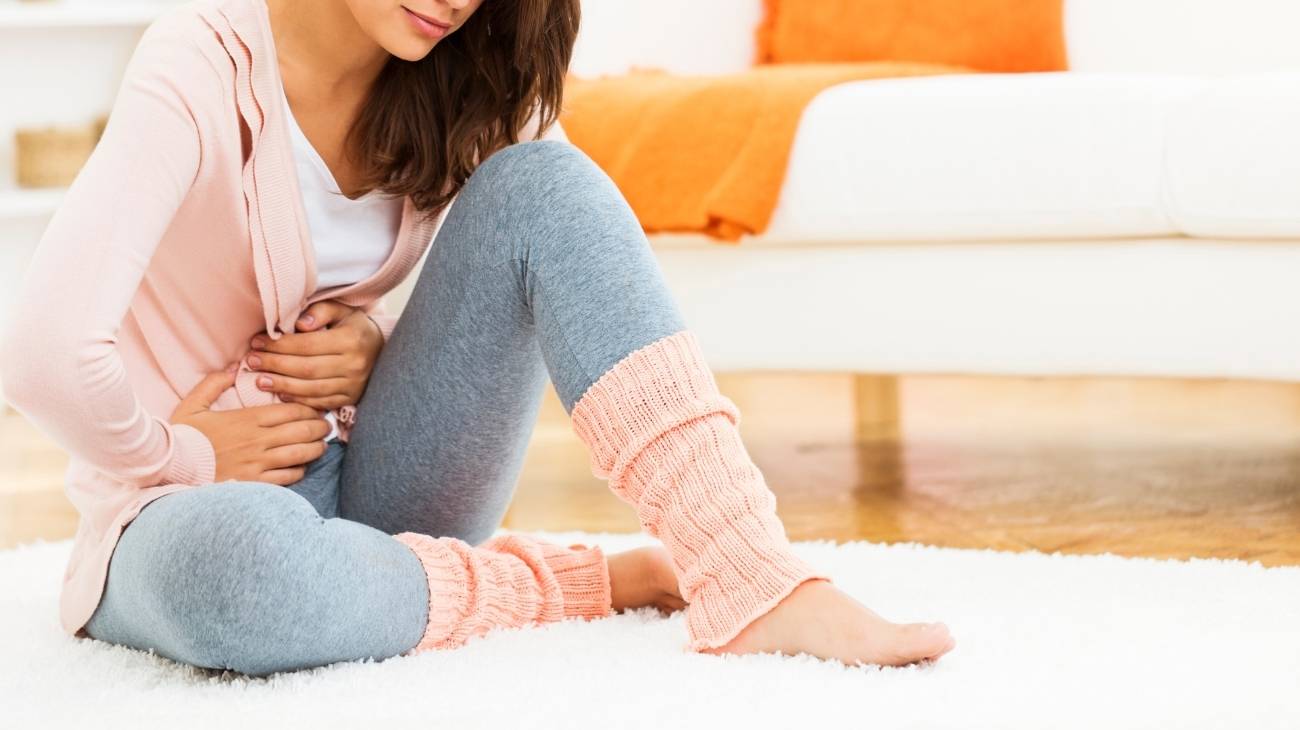Muscle cramps are sudden, involuntary contractions of one or more muscles that can cause significant pain and discomfort. Commonly triggered by overexertion, dehydration, or prolonged physical activity, these cramps often affect the legs, feet, and hands. Effective management of muscle cramps requires targeted tools and techniques to relax the muscles and prevent recurrence.
Heat therapy is one of the most effective methods for alleviating muscle cramps. Applying heat pads or thermal wraps to the affected area increases blood flow, relaxes tight muscles, and reduces pain. Consistent use of heat therapy is particularly beneficial for chronic cramping caused by muscle fatigue or tension.
Compression sleeves are excellent for providing support to muscles prone to cramping. By improving circulation and reducing muscle vibration during movement, these sleeves help minimize the risk of cramps during and after physical activity. They are ideal for athletes and individuals with active lifestyles seeking preventative measures.
Massage therapy tools, such as foam rollers or handheld massagers, offer an immediate way to relieve cramps. Gently massaging the affected area enhances circulation and reduces muscle tension, providing rapid relief. Using massage tools regularly can also help prevent muscle stiffness and maintain flexibility.
Cold therapy can be used to soothe cramps that result in swelling or inflammation. Applying cold packs constricts blood vessels and reduces discomfort, making it an effective option for managing acute pain. Cold therapy is best used in conjunction with other methods like stretching and hydration for comprehensive relief.
Electrotherapy devices, such as TENS units, provide another effective approach to managing muscle cramps. By sending gentle electrical impulses to the affected area, these devices block pain signals and stimulate muscle relaxation. Electrotherapy is a non-invasive and convenient option for alleviating persistent or severe cramping.
Stretching exercises play a vital role in preventing and managing muscle cramps. Incorporating resistance bands into your routine helps improve muscle elasticity and strength, reducing the likelihood of future cramps. Stretching also enhances flexibility, making it easier to perform daily activities without discomfort.
Combining therapies like heat and cold applications, compression, massage, electrotherapy, and stretching ensures comprehensive management of muscle cramps. These tools not only provide immediate relief but also promote long-term muscle health and functionality.
FAQ: Frequently Asked Questions
What products are best for relieving muscle cramps?
Heat therapy pads, compression sleeves, and massage tools are highly effective in relieving muscle cramps and promoting recovery.
How does heat therapy help with muscle cramps?
Heat therapy increases blood flow and relaxes tight muscles, providing quick relief from cramping and discomfort.
Can compression sleeves prevent muscle cramps?
Yes, compression sleeves improve circulation and provide muscle support, reducing the likelihood of cramping during physical activities.
Is electrotherapy effective for muscle cramps?
Electrotherapy devices like TENS units are highly effective in managing muscle cramps by blocking pain signals and relaxing the affected muscles.
How should I maintain my recovery products?
Most recovery products, such as compression sleeves and heat pads, can be cleaned with mild soap and water to maintain their durability and effectiveness.

